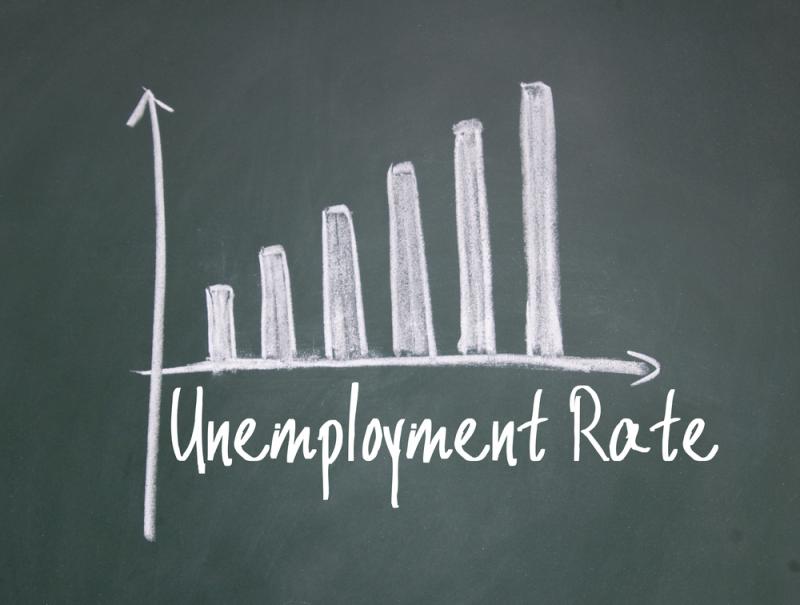Unemployment is one of the key economic indicators that describe the labour market conditions in a country. Most developed countries such as Australia use internationally agreed standards to define unemployment.
The Australian Bureau of Statistics releases the unemployment rate on a monthly and quarterly basis, reflecting the change in the number of people employed during that particular period.
Let us take a look into the main components of Australia’s unemployment data:
Who is an Unemployed Person?
According to the International Standard Classification of Occupations (ISCO), an unemployed person is one who is currently not engaged in a paid employment or self-employment, currently available to work, and is actively seeking employment opportunities.
What is Unemployment Rate?
The unemployment rate is defined as the number of unemployed people, expressed as a percentage of the total labour force. Labour force is the total of employed and unemployed people in an economy.
What are the Types of Unemployment?
There are three main categories of unemployment: structural unemployment, frictional unemployment, and cyclical unemployment.
- Structural Unemployment: A person is said to be structurally unemployed if he or she cannot find employment due to a mismatch between his or her skill set and the skills required by the company. Example: It is commonly seen that various companies require their employees to be adept with computer software skills, and if a person lacks the required software skills, he or she will not be offered the job.
- Frictional Unemployment: A person is categorised to be frictionally unemployed, if he or she quits their current job, in order to find employment in another sector or another firm. It must be noted that a frictionally unemployed person does not lack in skills required for the job he or she is seeking to gain. However, in few cases, employers may have insufficient information about a potential candidate, resulting in them choosing another candidate for the job. Frictional unemployment lasts for a relatively short period of time, as the worker’s requirements are eventually met.
- Cyclical Unemployment: This kind of unemployment is linked to the business cycle of an economy. People who are unemployed due to a recession in the economy, come under cyclical unemployment. These people generally find employment when the economy expands. Hence, in a growing economy, the number of people unemployed is lower.
How does ABS Collect the Data?
The Australian Bureau of Statistics conducts monthly surveys to estimate the change in employment. It uses three sources to collect data:
- Labour Force Survey: This is the official source of Australian employment statistics. The Labour Force survey uses a comprehensive set of questions to measure the number of people employed, unemployed, and those who are not economically active.
- Census of Population and Housing and Special Social Surveys: While these methods are also used as indicators of current unemployment in the economy, these questionnaires don’t calculate the unemployment with the precision that the Labour Force Survey does.
- ANZ Job Advertisement Series: The ANZ bank measures the number of jobs advertised in major daily newspapers and internet sites each month. This data can also be used as an indicator of labour market conditions.
What is Wage Growth?
Wage growth measures the change in the hourly wage of an employee after excluding monetary incentives such as bonuses. This data is calculated on a quarterly and yearly basis. As of the August 2015 quarter, Australia’s wage growth was 2.3%, the lowest level in the past 15 years.
Importance of Unemployment Data
Unemployment data is often used as a measure to indicate the health of an economy, and its labour resources. It is usually witnessed that the unemployment rate in an expanding economy gradually decreases. However, the rate increases drastically if an economy enters recession. The unemployment data also acts as one of the factors to gauge the investor sentiment or consumer confidence levels in an economy. The investor sentiment is generally correlated to the number of jobs added in a particular period.
One must note that a low level of unemployment could also indicate a tight labour market with a possible scarcity of skilled labour. On the other hand, a high level of unemployment could also point towards sparse employment opportunities in an oversupplied labour market.
Criticism of Unemployment Data
While the ABS aims to publish data that reflects the ‘real’ unemployment as accurately as possible, the data is not flawless. Here are a few reasons why the official unemployment data is often criticised:
- Those people who are not willing to seek employment are not included as a part of the labour force. The people are often referred to as ‘discouraged workers’, hence they are not included in the unemployment data. Based on this point, this means the ‘real’ unemployment rate is likely higher.
- The unemployment data does not factor in ‘underemployment’, whereby workers who are currently working in a part-time job but are seeking a full-time occupation. It also does not account for those people who are overqualified for their jobs.
- There are discrepancies due to illegal workers
- As data is primarily derived from a survey, there may be slight variations between ‘official’ data and ‘real’ data.
